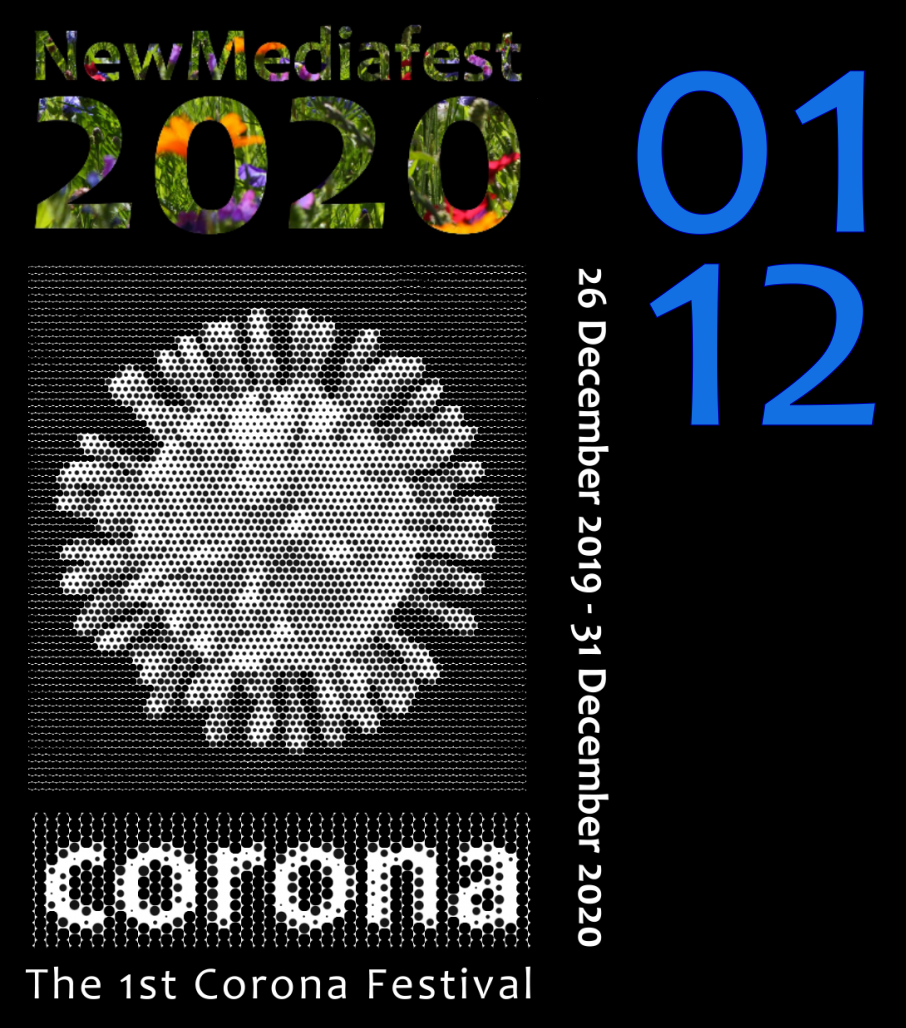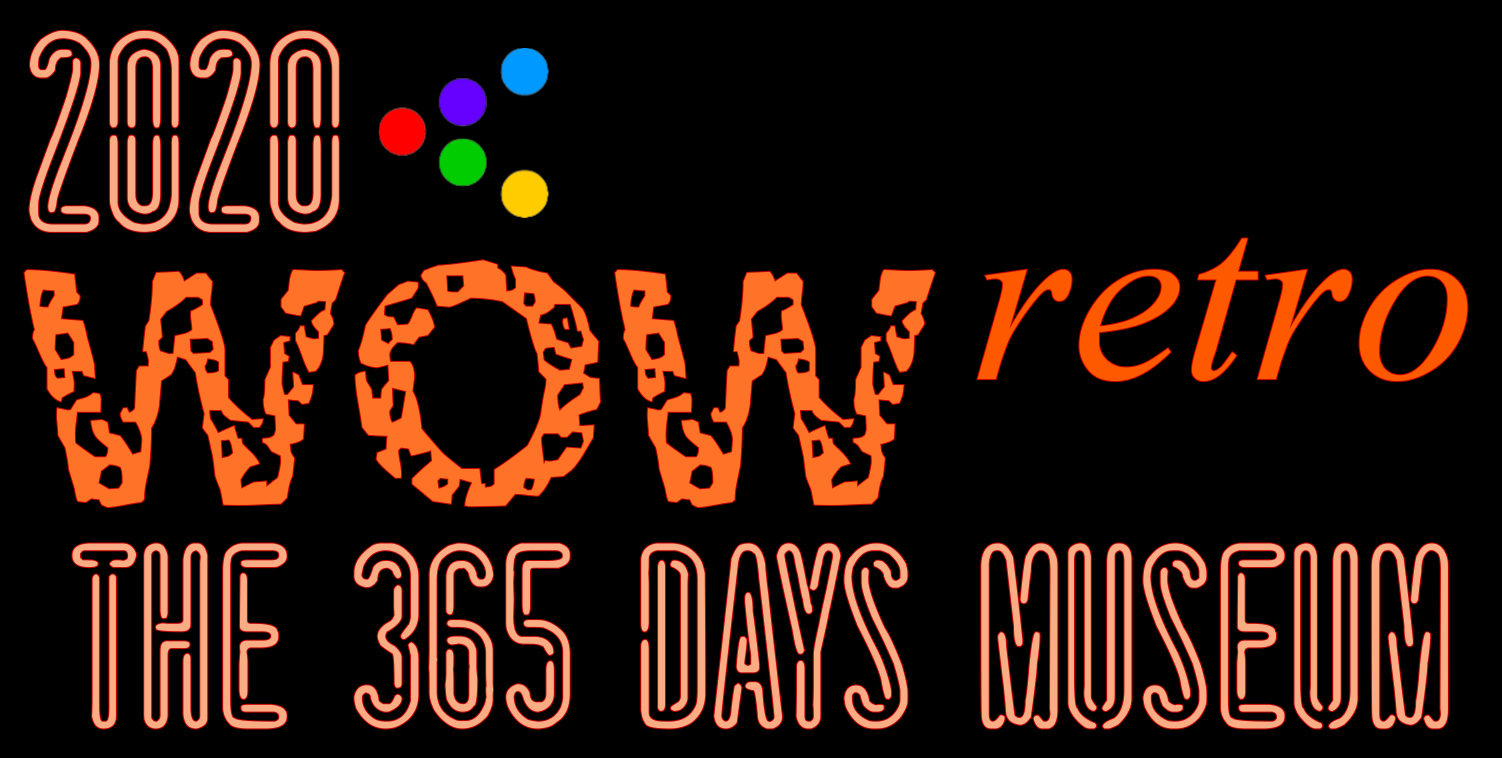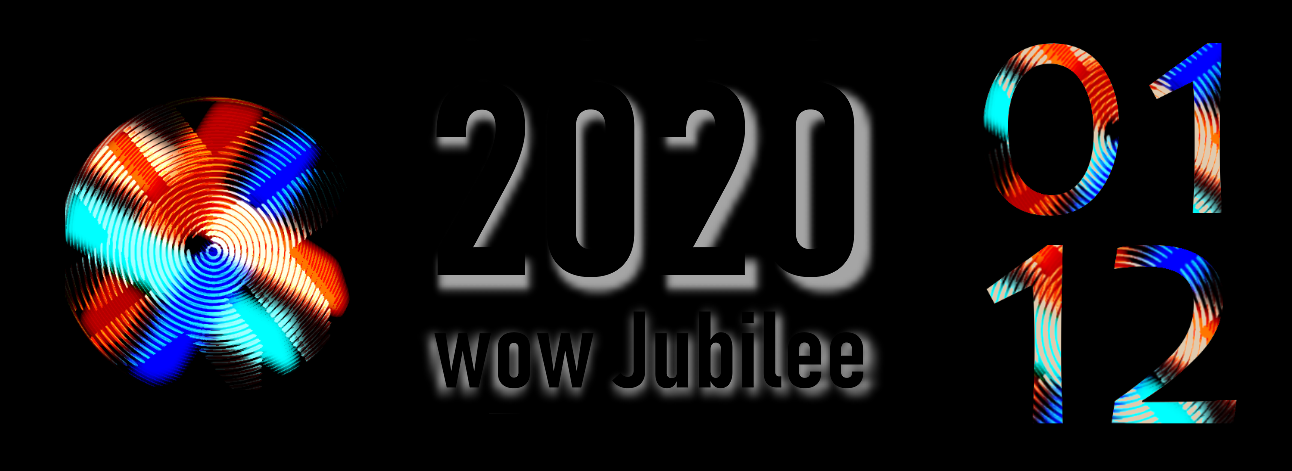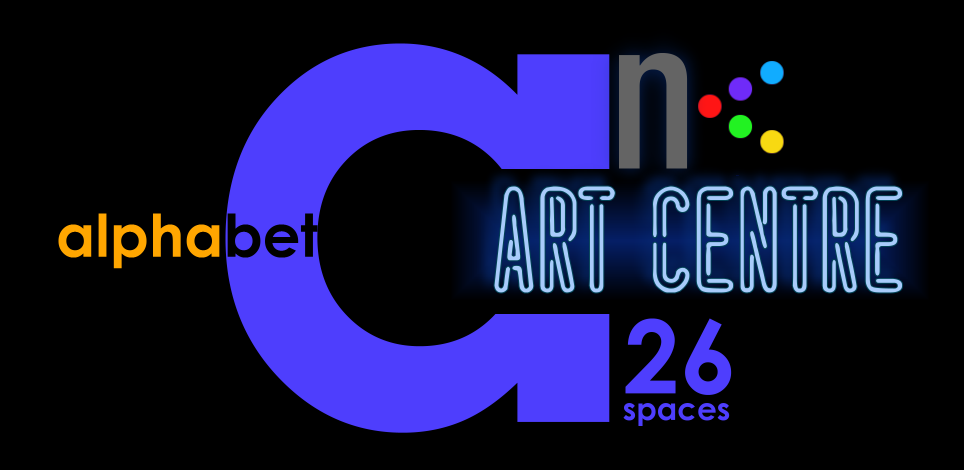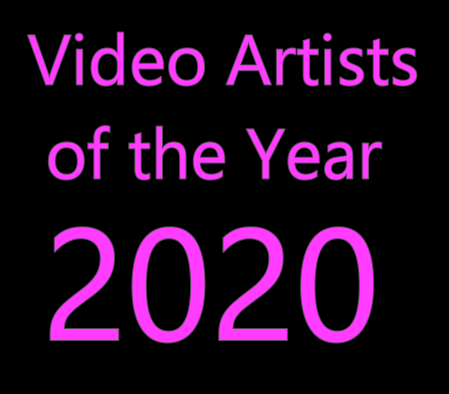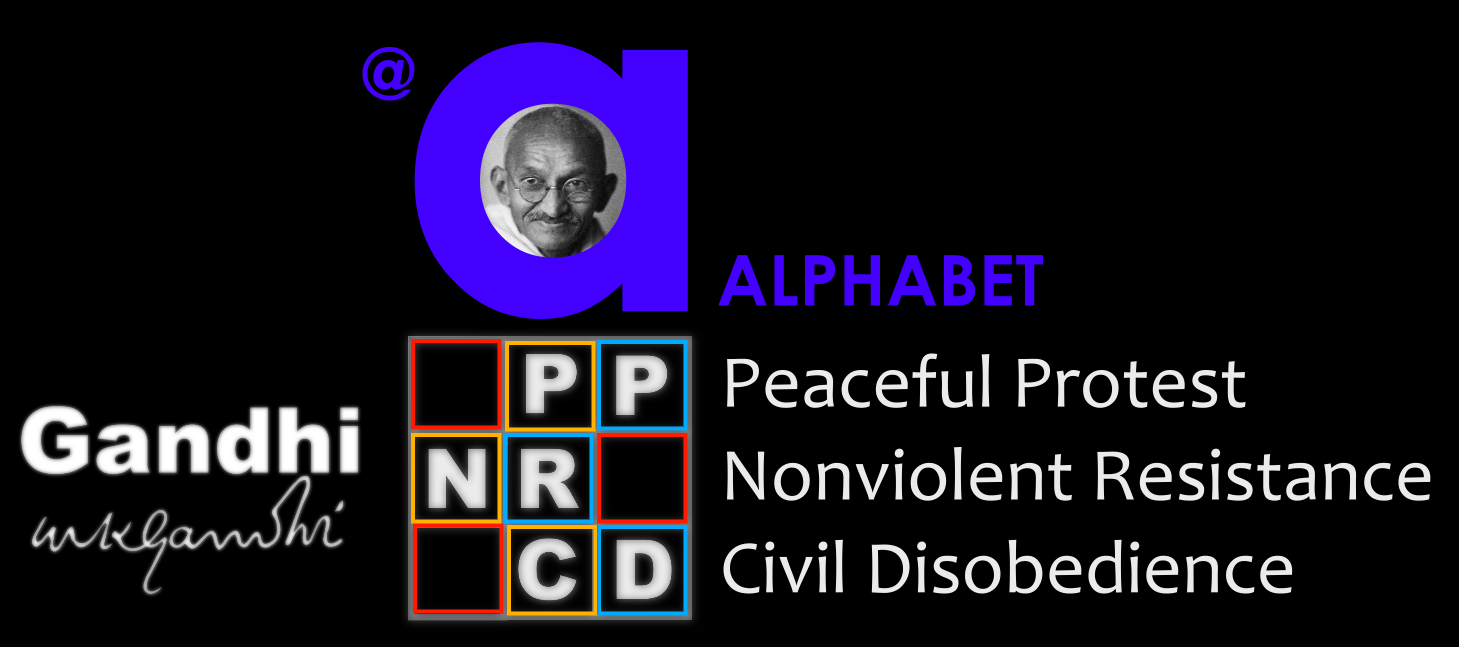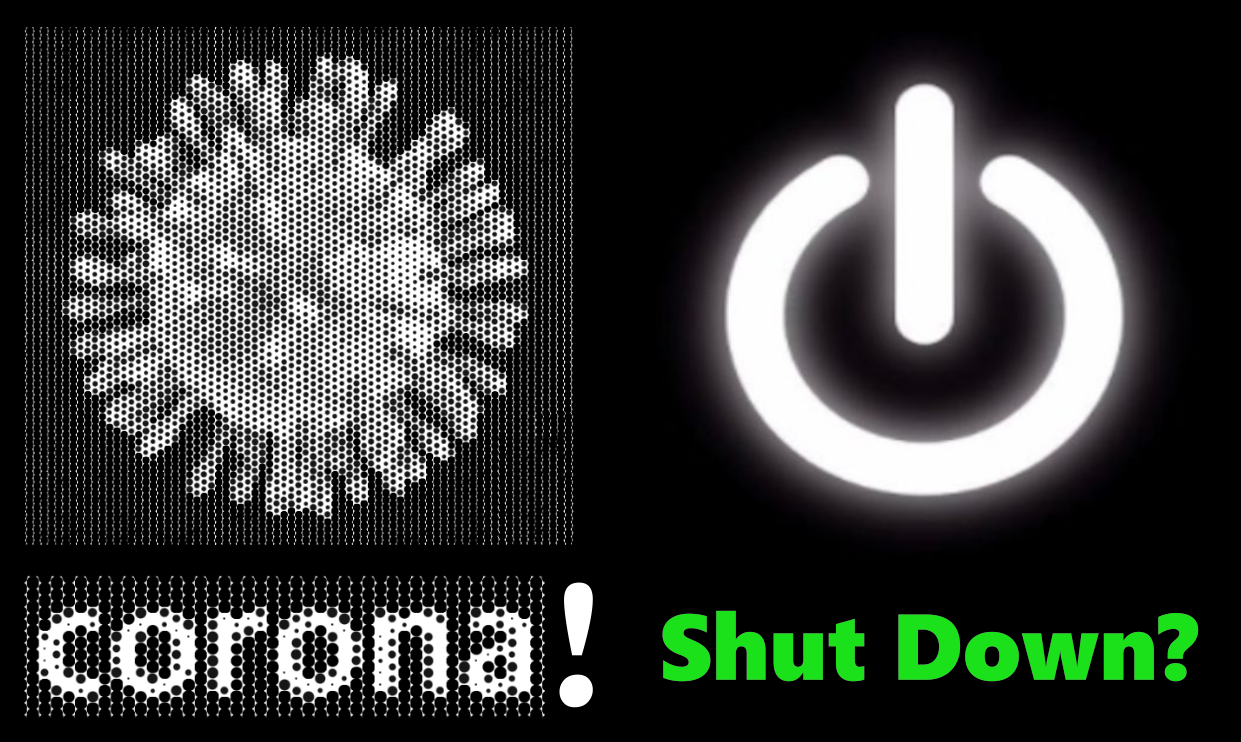
CologneOFF XIII
animation & experimental documentary
1:36
1.Ping-Yao Chen (Taiwan) – Go West, 2012, 19:40
2.Shahar Marcus (Israel) – 1,2,3 Herring, 2011, 2:27
3.Yiotis Vrantzas (Greece) – Phone call from Cairo, 2012, 4:55
4.Omar Robert Hamilton (Egypt) – The People Demand the Fall of the Regime, 2011,4:00
5.Zohar Kfir (Canada/Israel) – Gaza Airport, 2012, 7:12
6.Osamu Hsieh (Taiwan) – Start, 2011, 3’56″
7.Hugo Burgos (Ecuador) – Major Matter, 2012, 1:24
8.Iva Kontic (Serbia) – Mechanical Dream, 2011, 11:00
9.Jacques Faton & Alpha Sadou Gano (Belgium/Senegal) – Laar, 2011, 19:00
10. Eric Esser (Germany) – Dawn of the Dorks, 2006, 22:00
CologneOFF xIII
animation & experimental documentary
1.Ping-Yao Chen (Taiwan) – Go West, 2012, 19:40
“Go West”, in general, implies that the civilized, capitalized and Christianized Western world is the promised land to pursue. However, in Taiwan, it no longer means “go to the Western world” but “go to China” since the rise of China’s economy. The video appropriates and re-purposes avatars, speeches, plots and levels from videogame to create parallels between the happenings in real life and the dystopian in Half Life. It expresses the anxiety, perplexity and fears about ignorance, isolation, alienation, suppression and oppression of identity. Will “Go West” be the inevitable destiny?
2. Shahar Marcus (Israel) – 1,2,3 Herring, 2011, 2:27
“1,2,3,Herring” video work, naming after the famous children game, presents the artist playing in front of three cardboard figure, dressed in a gray uniform, which looks like a uniform of World War II soldier or a pioneer’s uniform. The scene takes place on a reconstruction war site in Israel, of the 1948 war between Egypt and Israel, where flat iron figures of Egyptian soldiers are planted in the battlefield.
3.Yiotis Vrantzas (Greece) – Phone call from Cairo, 2012, 4:55
“Phone Call from Cairo” is made by material shot in Cairo one year before the Tahrir rebellion using a small photo camera. Although the situation in Egypt did not seem to be good, my friend used to believe that the Egyptian people was far from revolting. After two years I had to make this phone call to my friend and face the challenge to compose my pictures from Cairo.
4. Omar Robert Hamilton (Egypt) – The People Demand the Fall of the Regime, 2011, 4:00
Agitprop film calling people to the streets for the first anniversary of the Egyptian Revolution
5. Zohar Kfir (Canada/Israel) – Gaza Airport, 2012, 7:12
This short experimental movie explores the Gaza Strip, where workers sift through the collection of fragments of buildings destroyed during Operation Cast Lead in order to produce gravel. Salvaging these materials has become vital due to the harsh Israeli restrictions on entry of construction materials, and it has become relatively profitable.This video was shot by volunteers of SHOOTING BACK B’Tselem’s camera distribution project, is a video advocacy project that provides Palestinians living in high-conflict areas with video cameras, with the goal of bringing the reality of their lives , under occupation to the attention of the Israeli and international public.
6.Osamu Hsieh (Taiwan) – Start, 2011, 3’56″
Mother’s affection for his son in the important moments.
7.Hugo Burgos (Ecuador) – Major Matter, 2012, 1:24
This is a short documentary that collapses the beautiful andugly moments of my recent life. Both moments are registered as raw data, a 24hour timelapse of a lovely city I recently visited in Sweden is counterpointed by one of a series of criminal phone calls I receieved in myhometown in Ecuador. Life is just that, an akward balance between opposites, you just can’t win.
8.Iva Kontic (Serbia) – Mechanical Dream, 2011, 11:00
Mechanical Dream has been inspired by the news that Crvena Zastava, the former Yugoslavia’s state car factory, had been sold to Fiat. It deals with culture and social phenomenon which this event has triggered.
The video introduces the local reality of Crvena Zastava, displaying the current factory architecture and cityscape of its location. Its narration is made from interviews with the factory’s former and current employees. The mood of the locals towards the moment of transformation have been “neutralized” by the artist’s monotonous reading of their statements. The video is intermitted by short inserts from old Zastava TV commercials found on Youtube.
9.Jacques Faton & Alpha Sadou Gano (Belgium/Senegal) – Laar, 2011, 19:00
Panoramic portraits of football fields and fortune camps in Keur Masaar/ Malika in the outskirts of Dakar by an inhabitant of the neighborhood. Images on and off-screen (and off-side) of these football places which are ever present in Sengalese society.
10. Erc Esser (Germany) – Dawn of the Dorks, 2006, 22:00
A carefree barbeque takes a sickening turn. After eating tainted meat, a group of friends undergoes a terrifying mutation. Mild mannered college students suddenly sprout mustaches, beer bellies and football scarves, and begin to relentlessly chant football songs. The football zombies spread their curse by vomiting on unsuspecting innocents.
A small group of still-healthy students, brought together by coincidence, finds shelter in an empty sports club, of all places. Francine, a new-age nymph, Hauke, an agressive alpha-male, Kurt, the cerebral self-reflector, Monique, a dissolute party girl, and Jojo, a burnt-out druggie must now figure out how they can escape the mindless, chanting hordes. Their solutions are as different as their personalities. Unfortunately not all of them can thwart the zombies. Can anyone?


 So, when he heard about the Quest Europe Film Festival located in Zielona Gora, he was very curious to establish contacts by agreeing a collaboration in 2014. When in June 2014 Wilfried’s mother was dying, it was, hoever, clear that Wilfried would miss the chance to visit Ziielona Gora also this time. Such a pity, because the historical Silesia, including the German/Polish border area is a very interesting region incorporating many wonderfully reconstructed historical places, especially the Polish are famous for their great reconstruction work.
So, when he heard about the Quest Europe Film Festival located in Zielona Gora, he was very curious to establish contacts by agreeing a collaboration in 2014. When in June 2014 Wilfried’s mother was dying, it was, hoever, clear that Wilfried would miss the chance to visit Ziielona Gora also this time. Such a pity, because the historical Silesia, including the German/Polish border area is a very interesting region incorporating many wonderfully reconstructed historical places, especially the Polish are famous for their great reconstruction work.





